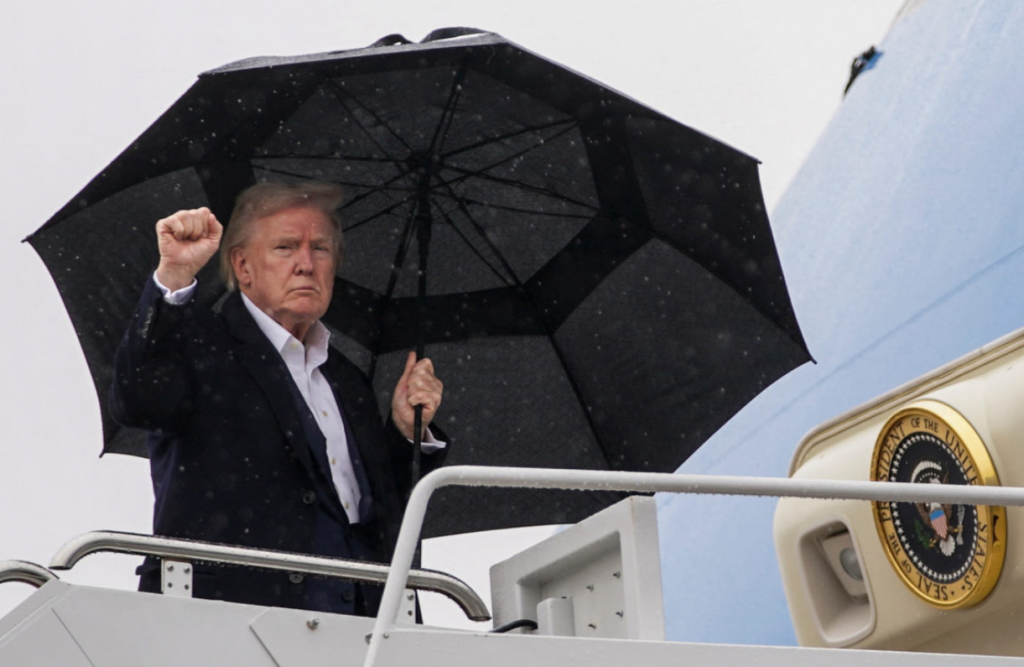
I. Introduction
Elections form the cornerstone of democratic governance, shaping leadership and policy directions. Among the many variables influencing electoral outcomes, weather conditions on Election Day often play a crucial yet underappreciated role. This comprehensive study explores the complex relationship between weather and elections, examining how factors like rain, temperature, wind, and sunlight affect voter turnout and, ultimately, election results.
II. Historical Context and Research Overview
Interest in how weather influences voter turnout dates back decades. Early empirical studies identified patterns showing rain and adverse weather tend to reduce voter participation. For example, Gomez et al. (2007) quantified that rainfall on Election Day can lower turnout by about 1 percentage point—a significant impact in tightly contested elections. Over time, more nuanced research has expanded understanding, considering multiple weather variables and diverse geographic contexts.
III. Meteorological Factors Affecting Voter Behavior
Different weather variables affect voter behavior in unique ways:
- Precipitation (Rain and Snow): These elements are the most studied. They directly discourage voters from traveling to polling stations, especially in areas with poor infrastructure or limited transportation.
- Temperature Extremes: Both excessive heat and extreme cold can deter voters by reducing willingness to be outdoors.
- Wind: High winds can cause transportation hazards and discomfort, further decreasing turnout.
- Humidity: High humidity combined with heat increases discomfort, lowering enthusiasm for outdoor activities.
- Sunlight: Positive correlation exists between sunny days and higher turnout, as better weather generally improves mood and willingness to participate.
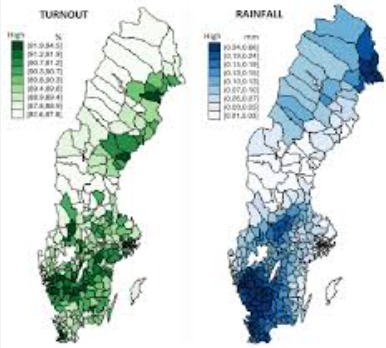
Correlation between Voter Turnout and Precipitation in Sweden. Source: https://eprints.lse.ac.uk/56289/7/democraticaudit.com_The_weather_does_not_affect_voter_turnout_but_only_if_voting_is_convenient_for_the_public.pdf
IV. Regional Case Studies: Insights from Around the World
4.1 United States: The 2000 Presidential Election
The controversial 2000 U.S. election saw heavy rain in key swing states, notably Florida. Several analyses suggest that the suppressed turnout due to weather may have influenced the razor-thin margin of victory.
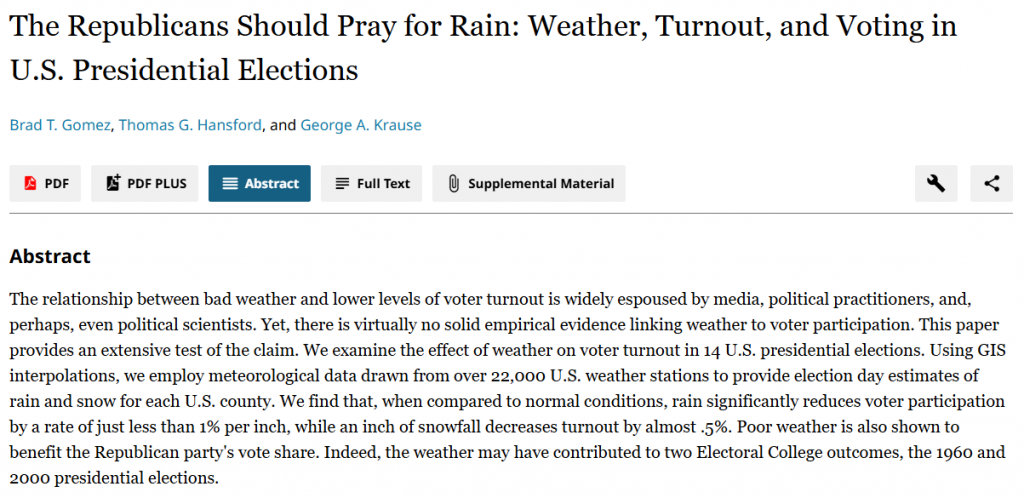
Source: https://www.journals.uchicago.edu/doi/abs/10.1111/j.1468-2508.2007.00565.x?journalCode=jop
4.2 Slovakia: 1994–2019 Election Cycle Analysis
A study of Slovakian elections over 25 years showed that increased precipitation and high temperatures correlated with lower turnout, while wind and sunlight were found to positively influence voter participation.

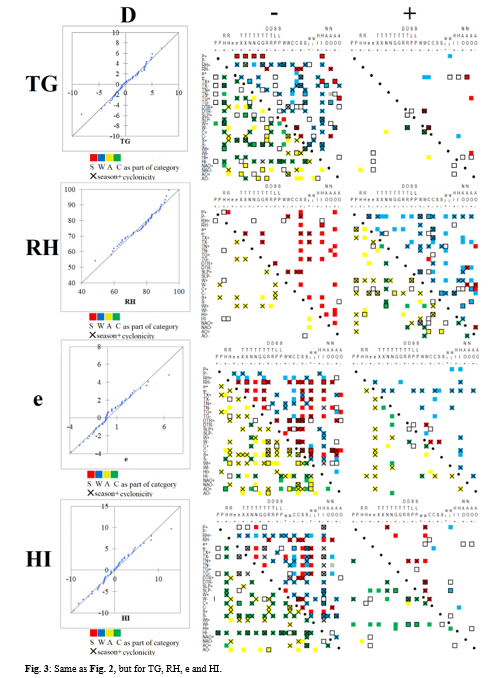
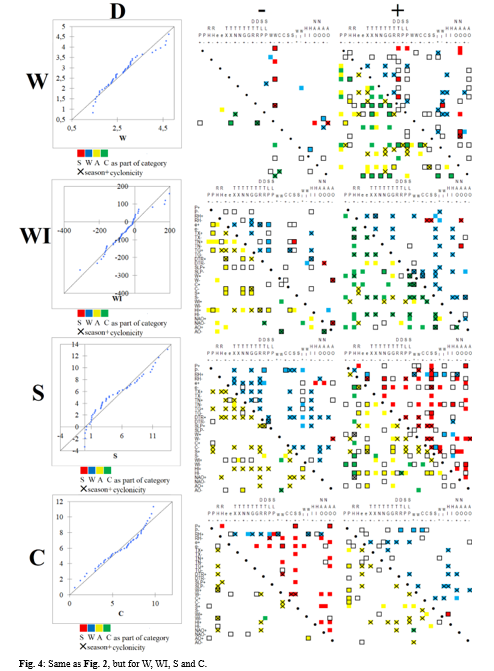
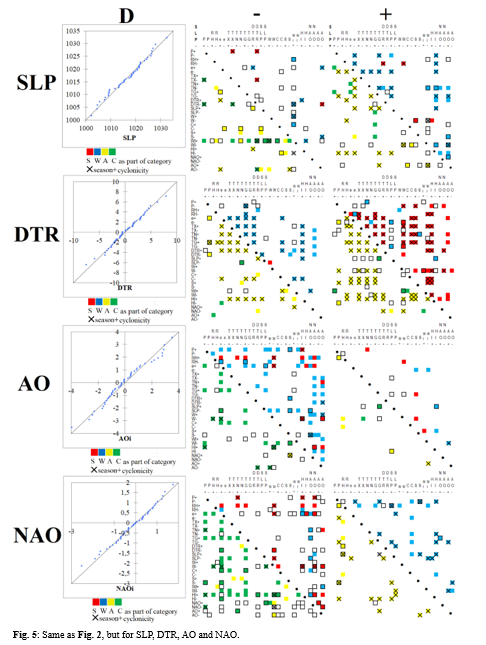
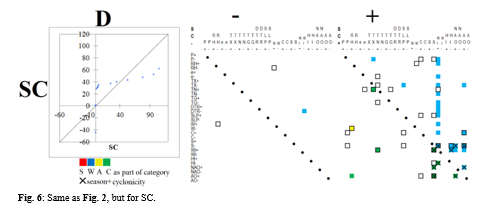
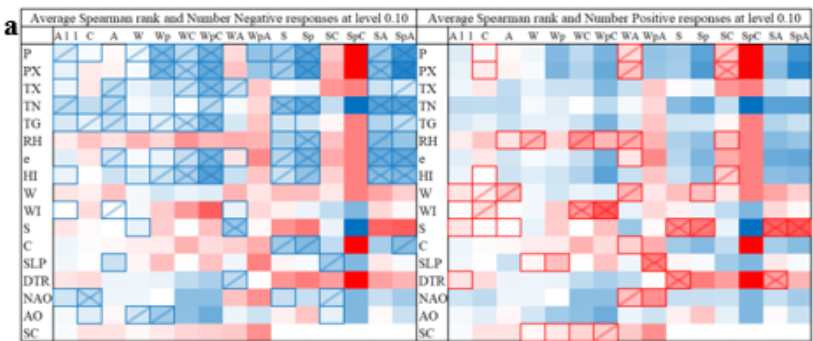
All Material here: https://mkweather.com/effect-weather-on-elections/
4.3 India: Extreme Heat and Voter Turnout
In India, extreme heat waves during elections have correlated with lower turnout, particularly affecting vulnerable populations lacking access to cooling or transportation.
4.4 United Kingdom: Rain and Election Day Behavior
UK elections have documented reduced turnout during rainy or overcast conditions, with voter participation notably impacted in rural constituencies.
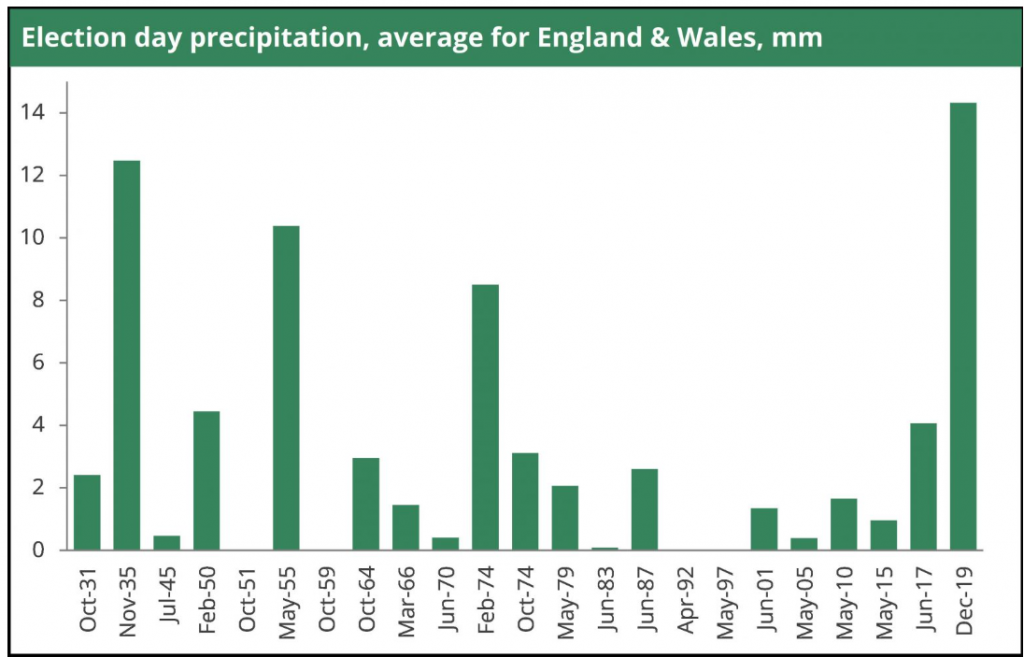
Source: https://commonslibrary.parliament.uk/general-election-2019-the-impact-of-weather-on-turnout/
V. Statistical Evidence and Quantitative Analysis
Table 1: Weather Variables and Their Effect on Voter Turnout
| Weather Factor | Impact on Turnout | Estimated Turnout Change (%) |
|---|---|---|
| Rain | Negative | -1.0 to -2.5 |
| Snow | Negative | -1.5 to -3.0 |
| High Temperature | Negative | -1.0 to -1.8 |
| Wind | Negative | -0.5 to -1.0 |
| Humidity | Negative | -0.5 to -1.2 |
| Sunlight | Positive | +0.5 to +1.0 |
Compiled from multiple studies (Gomez et al. 2007; Kučera 2020; Hansford 2020)
VI. Political and Social Implications of Weather-Driven Voter Turnout
Weather-induced turnout fluctuations have profound political consequences:
- They can skew election results, especially in closely contested races.
- Bad weather disproportionately affects young voters, lower-income groups, and urban populations, potentially biasing outcomes.
- Parties and candidates may be indirectly advantaged or disadvantaged depending on weather patterns on Election Day.
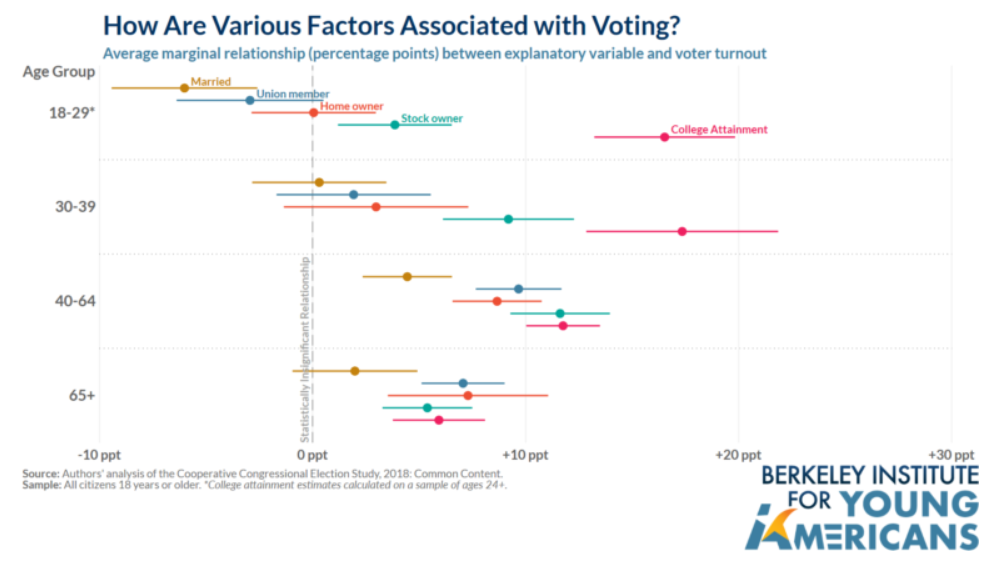
Source: https://youngamericans.berkeley.edu/2020/11/explaining-youth-voter-turnout/
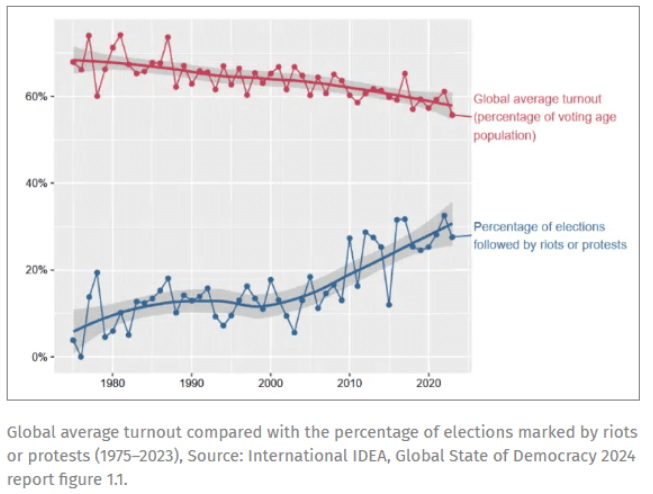
VII. Climate Change: Emerging Threats to Electoral Integrity
With climate change increasing the frequency and severity of extreme weather events, elections worldwide face new challenges:
- More frequent storms, heatwaves, and flooding may lead to voter suppression.
- Traditional voting infrastructure may be inadequate for changing weather realities.
- This necessitates urgent adaptation and resilience planning to safeguard electoral processes.
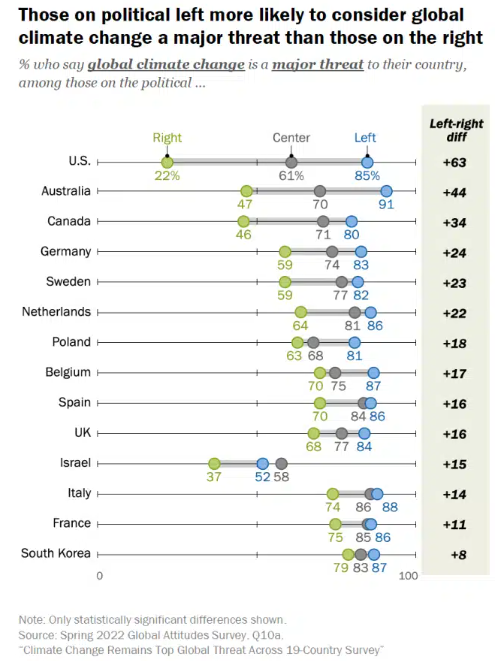
Source: https://earth.org/elections-2024-how-much-do-voters-care-about-climate/
VIII. Strategies to Mitigate Weather Impact on Elections
Several practical measures can minimize weather’s disruptive effects:
- Early Voting: Allows voters to avoid inclement weather on a single Election Day.
- Mail-In Voting: Enables participation regardless of physical conditions.
- Extended Polling Hours: Provide voters with flexibility to vote around weather challenges.
- Polling Infrastructure Improvements: Ensuring stations are accessible and weather-resilient.
- Voter Education Campaigns: Encouraging turnout despite adverse weather.
IX. Technological Innovations and Their Role
Technology offers promising solutions:
- Online Voting Platforms: Though controversial, they offer remote voting possibilities.
- Real-Time Weather and Traffic Apps: Help voters plan their trips.
- Data Analytics: Allow election officials to forecast and respond to weather risks effectively.

Illustration picture: https://www.scientificamerican.com/article/e-voting-refuses-to-die-even-though-it-s-neither-secure-nor-secret/
X. Media Influence and Public Perception
The way media portrays weather forecasts can influence voter behavior:
- Sensationalized bad weather warnings may discourage turnout.
- Balanced reporting that emphasizes the importance of voting can boost participation.
XI. Policy Frameworks and Recommendations
Key policy initiatives to safeguard elections:
- Enact legal frameworks for early and absentee voting.
- Invest in robust, weather-resistant election infrastructure.
- Launch public awareness campaigns on the impact of weather and voting options.
- Incorporate weather contingency plans into election administration.
XII. Conclusion
Weather is a critical, yet often overlooked, factor affecting elections worldwide. Understanding its effects enables the development of effective strategies to ensure democratic participation remains inclusive and representative, even in the face of changing climate and extreme weather patterns.

Illustration picture. Source: PBS news
XIII. References
- Gomez, B. T., Hansford, T. G., & Krause, G. A. (2007). The Republicans Should Pray for Rain: Weather, Turnout, and Voting in U.S. Presidential Elections.
- Kučera, M. (2020). Effect of weather on voter turnout in elections in Slovakia during the period 1994-2019.
- Ordway, D.-M. (2024). Bad weather hurts Election Day turnout.
- International IDEA. (2024). The Impact of Natural Hazards on Elections.
- Hansford, T. G. (2020). How Weather Impacts Voter Turnout and Election Results.
XIV. Appendices
Appendix A: Voter Turnout by Weather Conditions
| Weather Condition | Voter Turnout (%) |
|---|---|
| Clear | 75 |
| Rain | 70 |
| Snow | 65 |
| High Temperature | 68 |
| Low Temperature | 72 |



























1 thought on “The Impact of Weather on Elections: How Temperature, Precipitation, Humidity, Wind, Sunshine or Snow Cover Impacts Voter Turnout?”
Comments are closed.